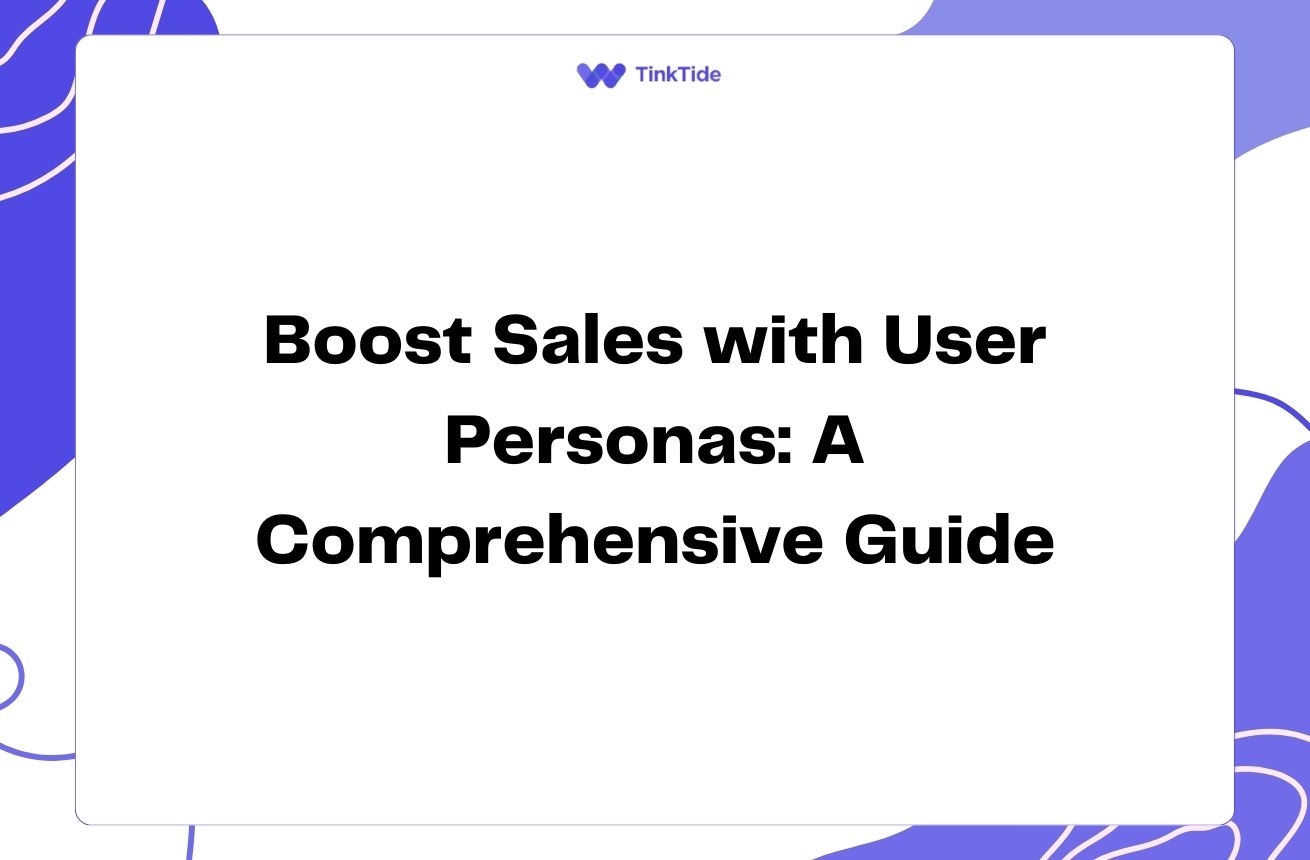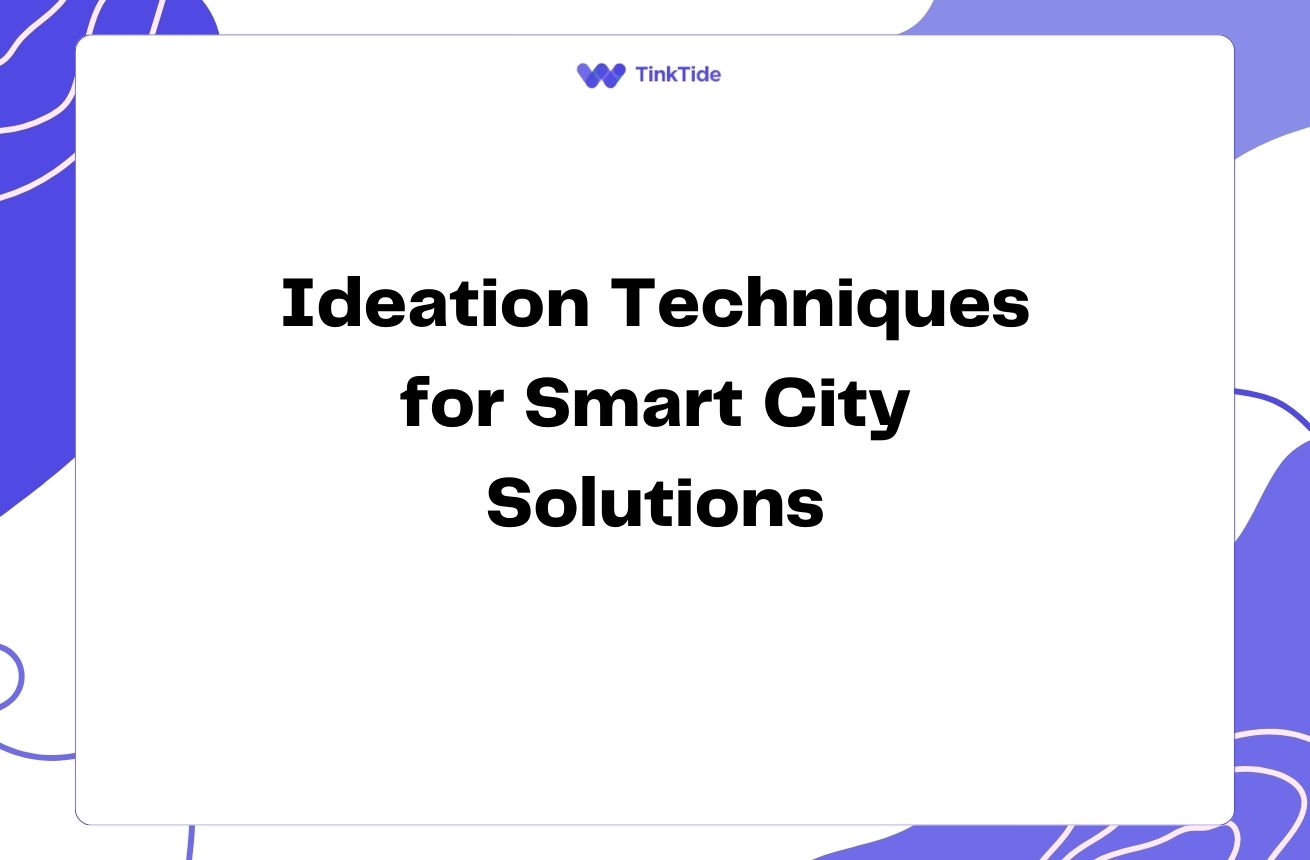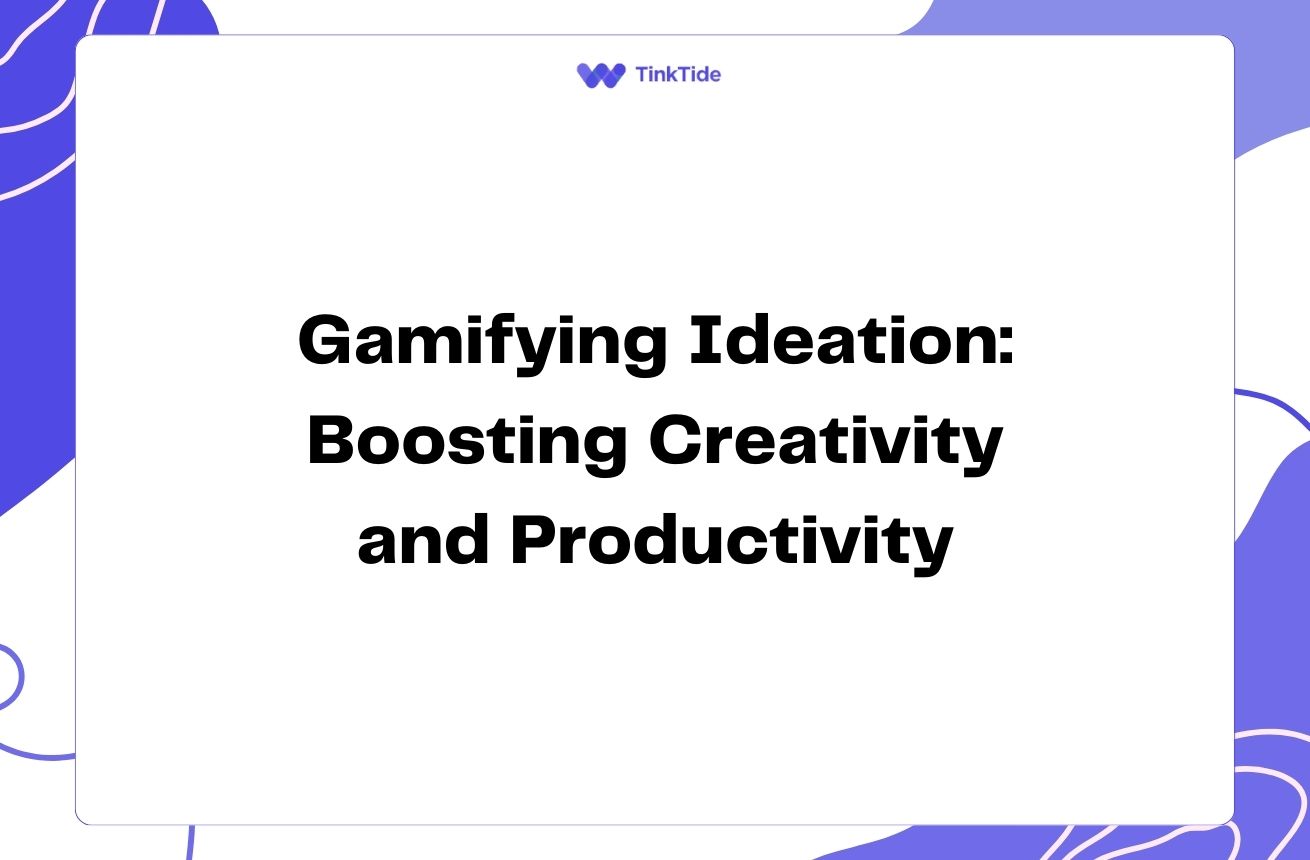Case Studies: Successful Businesses Built with the Business Model Canvas
How have successful businesses used the Business Model Canvas?
The Business Model Canvas has become a powerful tool for entrepreneurs and established companies alike to visualize, analyze, and refine their business strategies. In this article, we'll explore several case studies of successful businesses that have effectively utilized the Business Model Canvas to drive their growth and innovation.
These real-world examples demonstrate the versatility and effectiveness of the Business Model Canvas across various industries, from tech giants to innovative startups. By examining how these companies applied the canvas to their unique situations, we can gain valuable insights into best practices for leveraging this strategic tool.
Case Study 1: Airbnb - Disrupting the Hospitality Industry
Airbnb, the global online marketplace for lodging and travel experiences, is a prime example of a company that used the Business Model Canvas to refine its innovative business model.
Key elements of Airbnb's Business Model Canvas:
- Value Proposition: Unique, affordable accommodations and local experiences
- Customer Segments: Travelers seeking authentic experiences and homeowners looking to monetize spare space
- Key Activities: Platform development, host/guest matching, trust and safety measures
- Key Resources: Technology platform, user base, brand reputation
- Revenue Streams: Service fees from bookings
By clearly defining these elements, Airbnb was able to focus on its core strengths and rapidly scale its platform. The canvas helped the company identify and address key challenges, such as building trust between hosts and guests, which was crucial to its success.
Case Study 2: Spotify - Revolutionizing Music Streaming
Spotify, the leading music streaming service, used the Business Model Canvas to develop and refine its freemium business model.
Key aspects of Spotify's Business Model Canvas:
- Value Proposition: Access to millions of songs, personalized playlists, and music discovery
- Customer Segments: Free users and premium subscribers
- Key Partnerships: Music labels, artists, and podcast creators
- Revenue Streams: Advertising (free tier) and subscription fees (premium tier)
- Cost Structure: Licensing fees, technology infrastructure, and marketing
The Business Model Canvas helped Spotify balance its free and premium offerings, creating a sustainable model that attracts users with a free tier while incentivizing upgrades to premium subscriptions. This approach has been instrumental in Spotify's growth and market dominance.
Case Study 3: LEGO - Reinventing a Classic Brand
LEGO, the iconic toy company, used the Business Model Canvas to reinvent itself and adapt to the digital age.
Key components of LEGO's Business Model Canvas:
- Value Proposition: Creative play experiences that combine physical and digital elements
- Customer Segments: Children, adult enthusiasts, and educators
- Key Activities: Product design, licensing partnerships, and digital content creation
- Channels: Retail stores, e-commerce, mobile apps, and theme parks
- Revenue Streams: Product sales, licensing fees, and entertainment experiences
By using the Business Model Canvas, LEGO was able to identify new growth opportunities beyond its traditional brick toys. This led to successful ventures into movies, video games, and theme parks, revitalizing the brand and expanding its customer base.
Case Study 4: Netflix - Transforming Entertainment Delivery
Netflix, the streaming giant, has used the Business Model Canvas multiple times to navigate major shifts in its business model.
Evolution of Netflix's Business Model Canvas:
- Initial Model: DVD-by-mail rental service
- Transition: Introduction of streaming alongside DVD rentals
- Current Model: Primarily streaming service with original content production
Key elements of Netflix's current Business Model Canvas:
- Value Proposition: On-demand access to a vast library of content, including exclusive originals
- Key Activities: Content production, licensing, and technology development
- Customer Relationships: Personalized recommendations and seamless user experience
- Revenue Streams: Subscription fees
- Key Resources: Original content library, recommendation algorithms, and global distribution network
The Business Model Canvas has been crucial in helping Netflix adapt to changing market conditions and consumer preferences, enabling its transformation from a DVD rental company to a leading global entertainment provider.
Lessons Learned from Successful Business Model Canvas Applications
Analyzing these case studies reveals several key lessons for effectively using the Business Model Canvas:
- Flexibility is crucial: Successful companies use the canvas as a dynamic tool, regularly updating it to reflect changing market conditions and internal capabilities.
- Focus on customer value: The most successful business models have a clear, compelling value proposition at their core.
- Identify and leverage key partnerships: Strategic partnerships can provide access to crucial resources and capabilities.
- Balance innovation and sustainability: Successful companies use the canvas to explore innovative ideas while ensuring a sustainable revenue model.
- Align all elements: Ensure that all components of the business model work together coherently to support the overall strategy.
By applying these lessons, businesses can more effectively use the Business Model Canvas to develop robust, adaptable strategies that drive growth and success.
Best Practices for Implementing the Business Model Canvas
To maximize the benefits of the Business Model Canvas, consider these best practices:
- Collaborate across teams: Involve diverse perspectives from different departments to create a comprehensive view of the business.
- Use data-driven insights: Base your canvas on solid market research and customer data.
- Iterate regularly: Treat the canvas as a living document, updating it as you gain new insights or as market conditions change.
- Test assumptions: Use the canvas to identify key assumptions in your business model and devise ways to test them.
- Visualize connections: Pay attention to how different elements of the canvas interact and influence each other.
- Consider multiple scenarios: Create several versions of the canvas to explore different strategic options.
By following these practices, businesses can harness the full potential of the Business Model Canvas as a strategic planning and innovation tool.
Frequently Asked Questions
How often should a business update its Business Model Canvas?
It's recommended to review and update your Business Model Canvas at least quarterly, or more frequently if you're in a rapidly changing industry or experiencing significant growth or challenges.
Can the Business Model Canvas be used for non-profit organizations?
Yes, the Business Model Canvas can be adapted for non-profit organizations by focusing on social impact rather than financial profit in the 'Value Proposition' and 'Revenue Streams' sections.
Is the Business Model Canvas suitable for all types of businesses?
While the Business Model Canvas is highly versatile, it may need some adaptation for certain business types. For example, platform businesses might benefit from using the Platform Business Model Canvas, a variant that better captures the dynamics of multi-sided platforms.
Additional Resources
Business Model Generation
The original book by Alexander Osterwalder introducing the Business Model Canvas.
Strategyzer
Official website with tools and resources for using the Business Model Canvas.
Harvard Business Review: A Better Way to Think About Your Business Model
An article discussing the practical applications of the Business Model Canvas.
Canvanizer
A free online tool for creating and sharing Business Model Canvases.
How can the Business Model Canvas drive business success?
The case studies we've explored demonstrate that the Business Model Canvas is a powerful tool for business strategy and innovation. By providing a clear, visual representation of a company's key components, the canvas enables businesses to identify strengths, weaknesses, and opportunities for growth.
Whether you're a startup founder refining your initial concept or an established company seeking to innovate, the Business Model Canvas can help you align your strategy, identify key priorities, and adapt to changing market conditions. By following the best practices and lessons learned from successful companies, you can leverage this versatile tool to drive your own business success.
Remember, the true power of the Business Model Canvas lies not just in creating it, but in regularly revisiting and refining it as your business evolves. Use it as a dynamic tool for ongoing strategy development and innovation, and you'll be well-equipped to navigate the challenges and opportunities of today's fast-paced business environment.
Optimize Your Business Strategy with TinkTide
Ready to take your business strategy to the next level? Sign up for TinkTide and access powerful tools and resources to create and refine your own Business Model Canvas.
Start Your Free Trial

